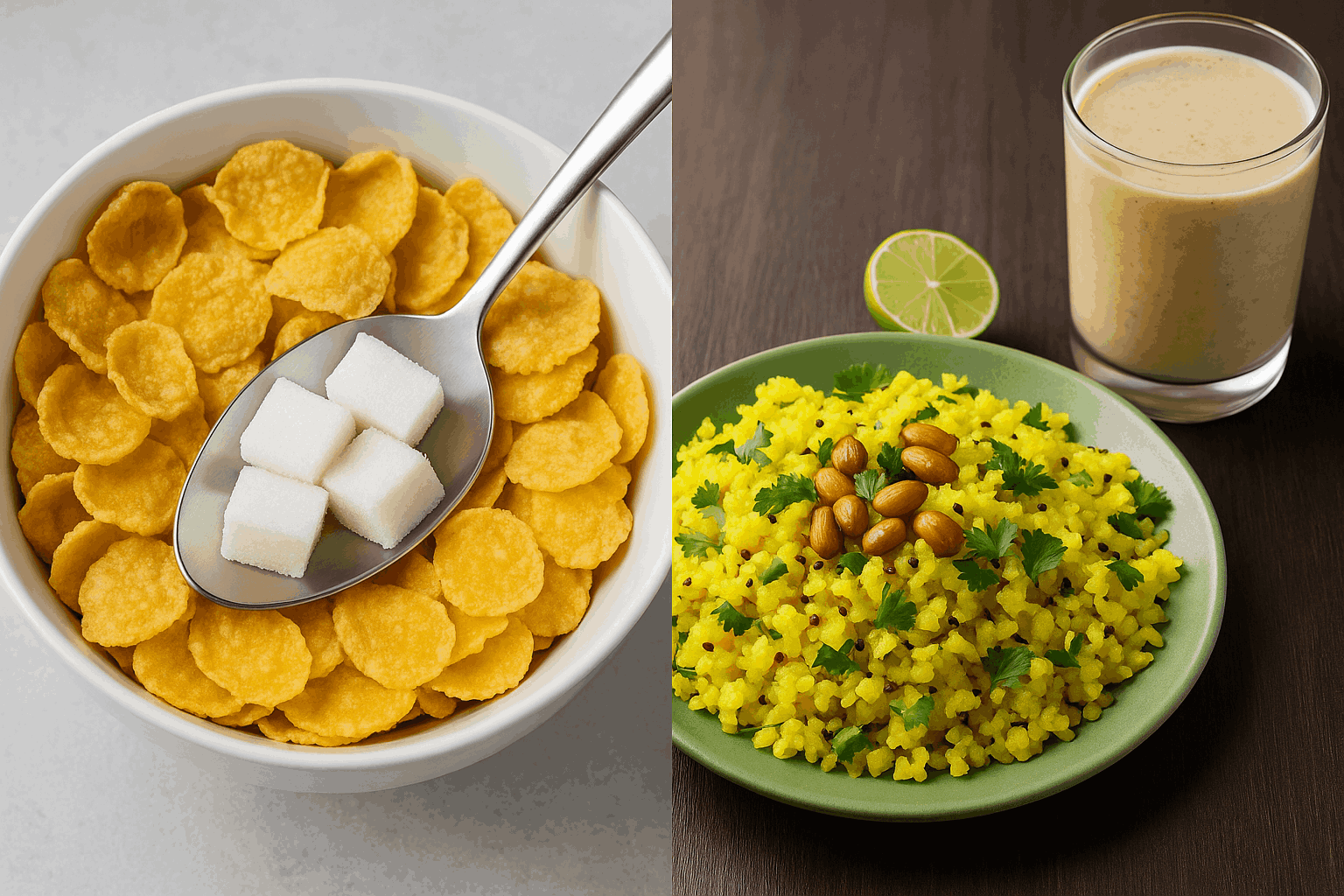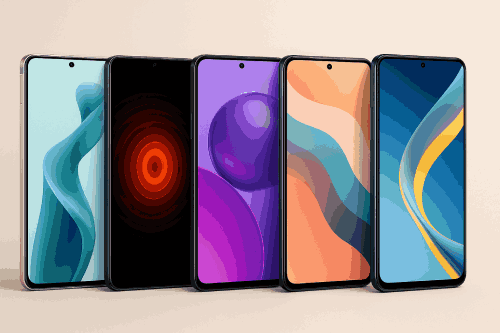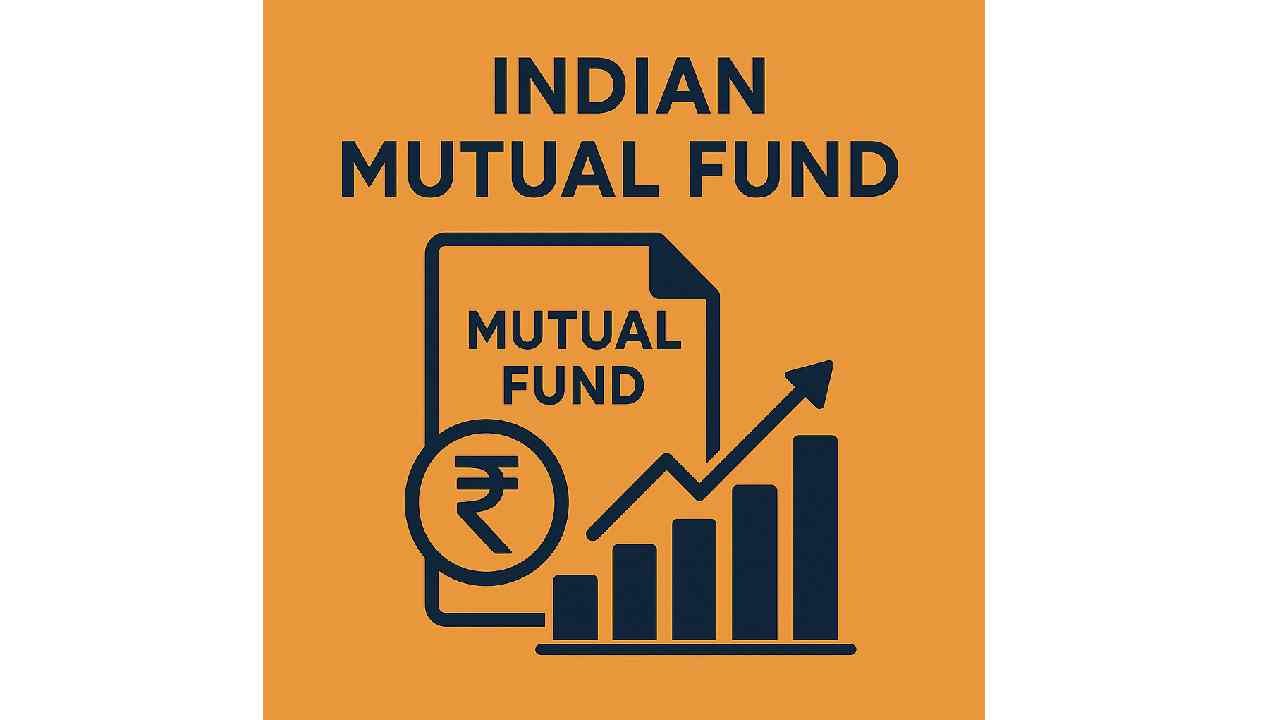Cornflakes have become almost synonymous with breakfast for many households across the globe. From bustling cities to quiet towns, millions start their day with a bowl of these crispy flakes. Marketed as healthy, convenient, and family-friendly, cornflakes enjoy a powerful brand image. But are they truly as wholesome as they appear? Let’s dig deeper into what’s behind those golden flakes and whether they deserve their place on your breakfast table.
What Are Cornflakes Really Made Of?
At first glance, cornflakes seem simple—milled corn pressed into flakes. But most commercial variants contain more than just corn. The ingredient list often includes:
- Refined corn
- Added sugars or corn syrup
- Malt flavoring
- Salt
- Synthetic vitamins and minerals (like iron, B12, and folic acid)
Some “healthier” versions include whole wheat, raisins, or bran, but they too often carry added sugars and flavor enhancers.
How Corn Becomes a Cornflake: Behind the Factory Doors
The process of making cornflakes has evolved from a kitchen accident in 1894 to a high-tech industrial marvel today.
1. The Origin
Cornflakes were invented by Dr. John Harvey Kellogg as a bland food for patients at his sanatorium. Ironically, they were originally sugar-free and meant to promote clean living.
2. Modern Production
Today, the process involves:
- Cleaning and conditioning kernels
- Cooking under pressure with additives
- Rolling into thin flakes
- Drying and toasting in ovens
- Color enhancement and flavoring
- Automated packaging and distribution
Advanced machines ensure uniform texture, crispiness, and even color—often achieved through precise heat control and artificial enhancements.
The Hidden Truth: Are Cornflakes Actually Healthy?
Despite being labeled as nutritious, many cornflakes may not be the best way to kick-start your metabolism. Here’s why:
1. High Sugar Load
Many brands contain up to 17 grams of sugar per serving, making them almost comparable to dessert. Most people eat more than the suggested serving size, unknowingly consuming up to 16 teaspoons of sugar in one sitting.
2. Blood Sugar Spike
Cornflakes have an extremely high Glycemic Index (GI)—somewhere between 82 to 93. This means they cause a sudden rise in blood sugar, which is followed by a quick crash, leading to hunger, fatigue, and sugar cravings shortly after eating.
3. Minimal Satiety
Because they’re low in protein and healthy fats, cornflakes don’t keep you full for long. A bowl at 8 AM may leave you craving snacks by 10 AM.
4. Refined Grains = Nutrient Loss
Most commercial cornflakes are made from highly refined grains. This removes important parts like the bran and germ—where fiber, protein, and essential nutrients reside. What’s left is mostly starch.
5. Synthetic Nutrients Aren’t Always Effective
Although brands fortify flakes with iron or folic acid, these synthetic nutrients are often less bioavailable, meaning your body absorbs less of them compared to whole food sources.
6. Nutrient Blockers
In whole grain versions, compounds like phytic acid can interfere with mineral absorption, preventing your body from utilizing calcium, zinc, or iron efficiently.
7. Additives and Chemicals
Modern cereals may include:
- Artificial colors (linked to hyperactivity)
- Preservatives like BHT or BHA
- Bleaching agents in flour like benzoyl peroxide
Health Concerns Tied to Regular Consumption
A cornflake-heavy diet can quietly contribute to:
- Weight gain (from hidden sugars and poor satiety)
- Fatty liver and insulin resistance
- Tooth decay
- Cholesterol imbalance
- Hormonal fluctuations
- Reduced cognitive focus due to constant sugar highs and lows
Marketing vs. Reality: A Sweet Illusion
Cornflakes became popular not for their health value, but through clever advertising. Dr. Kellogg’s brother, Will Keith Kellogg, added sugar to the original formula and began aggressive marketing—particularly to children. Cartoon mascots, toys in boxes, and slogans shifted the perception of cereal into a “healthy habit,” when in truth, many versions resemble sweetened snacks more than real nutrition.
Convenience or Compromise?
There’s no denying that pouring cereal into a bowl and adding milk is fast. But when “fast” leads to a crash in energy, weight gain, and nutrient deficiencies, the real cost becomes clear.
The good news? You don’t need to give up convenience to eat healthier.
Healthier Alternatives to Cornflakes
Here are delicious, quick, and truly nutritious breakfast swaps that offer more fiber, protein, and satiety without the sugar crash:
Traditional Indian Superfoods:
- Poha with veggies & peanuts – Light, fiber-rich, and nourishing
- Idli, Dosa, Uttapam, Appam – Fermented foods that boost gut health
- Sattu or Besan Cheela – High in protein and iron
Protein-Packed Plates:
- Paneer Bhurji or Moong Dal Cheela
- Boiled eggs or omelette with avocado toast
- Sprouted moong salad or chaat
Whole Grains & Smoothies:
- Boiled oats with almonds, flax seeds, or cinnamon
- Banana oats smoothie – Filling and heart-friendly
- Ragi malt – Rich in calcium and fiber
Nutrient-Boosters:
- Chia seeds, amaranth, sunflower seeds
- Curd rice, sweet semi-brown rice, or kaju upma
- Add fruits like strawberries, melon seeds, and chickpeas for added nutrition
Final Thoughts: Should You Still Eat Cornflakes?
Occasional consumption of cornflakes won’t harm you—but making them a daily habit might not support your long-term health goals. With rising concerns around obesity, diabetes, and poor nutrition, it’s time to rethink what goes into your bowl.
Choose whole, unprocessed, fiber-rich breakfasts that keep you full, provide steady energy, and nourish your body beyond just calories.







